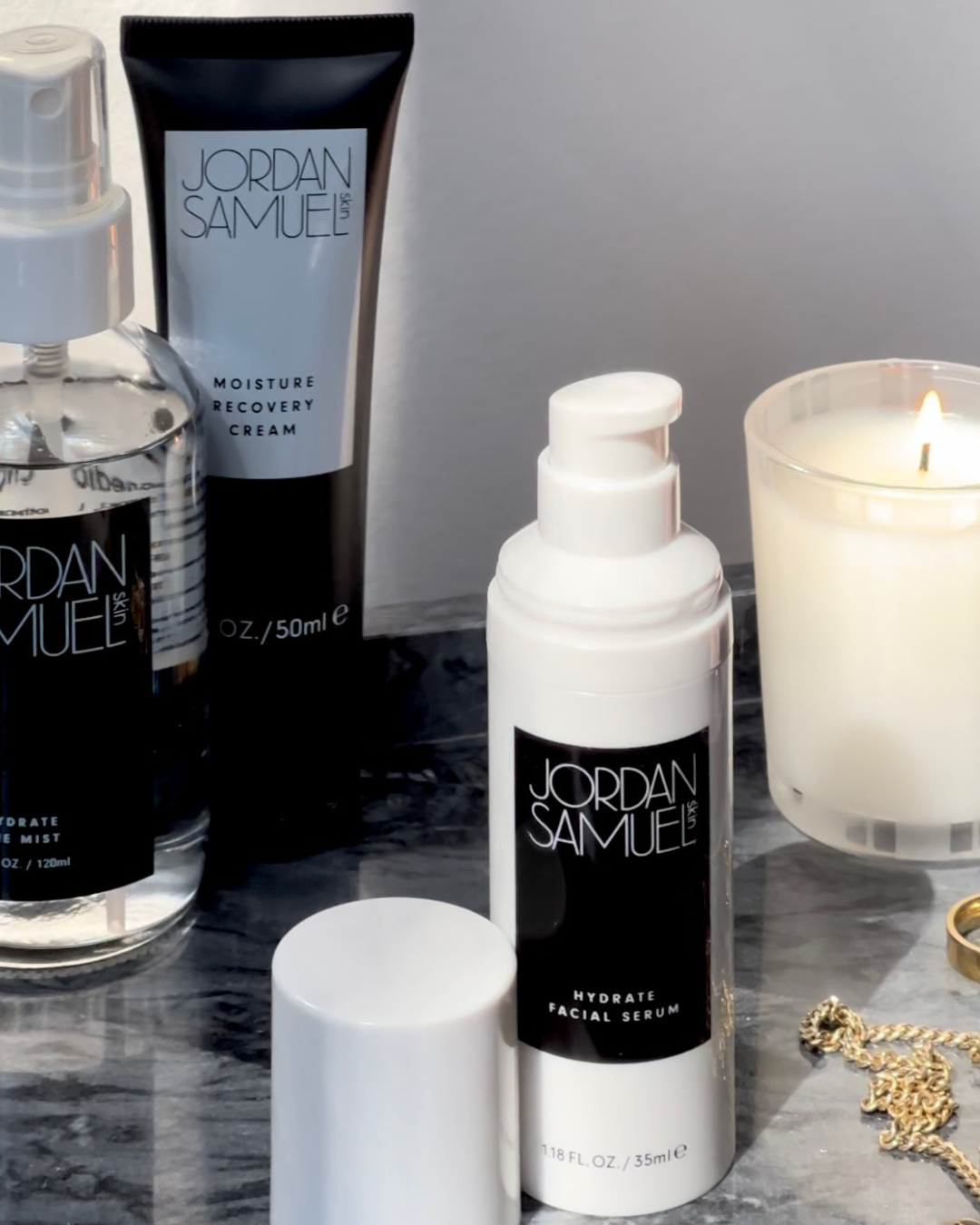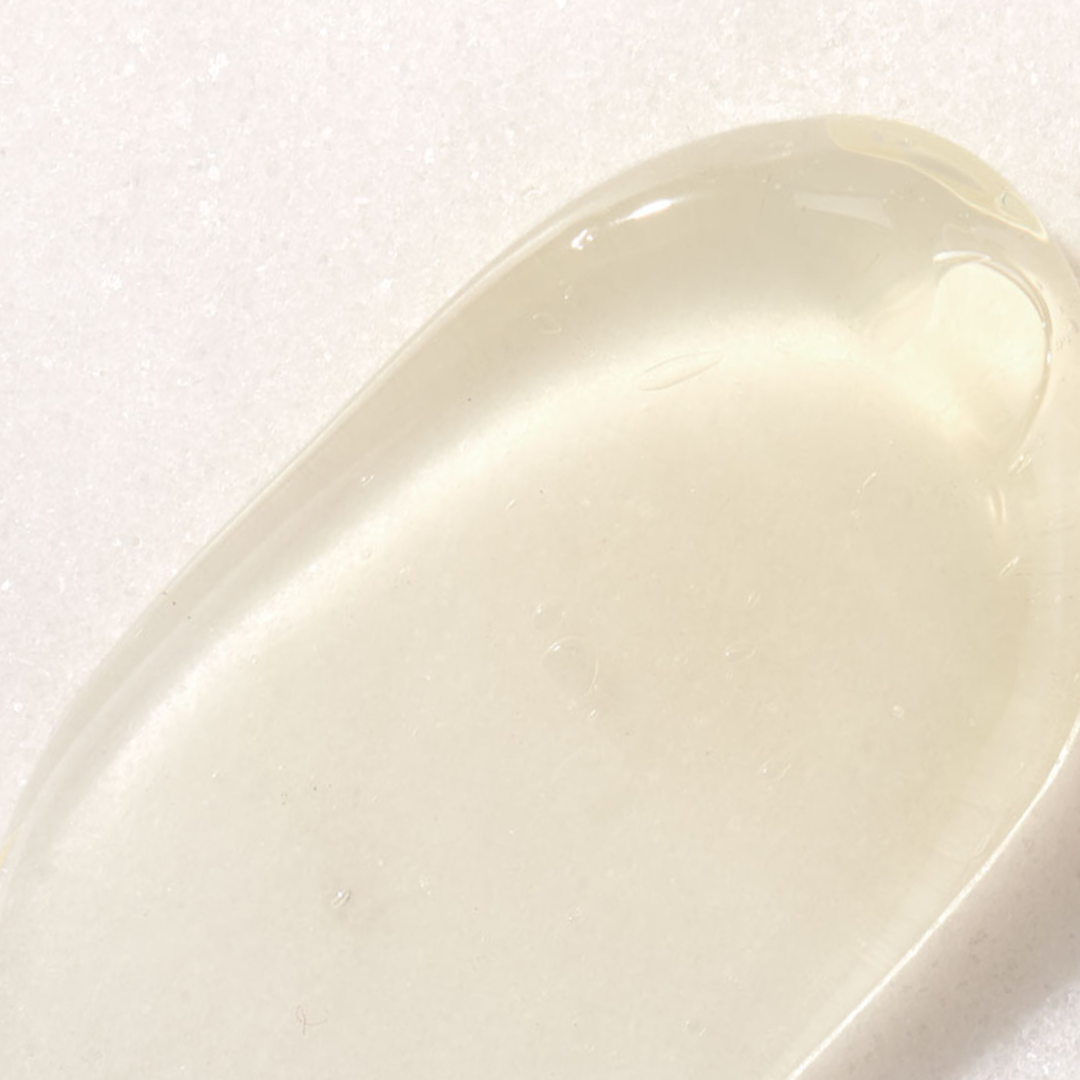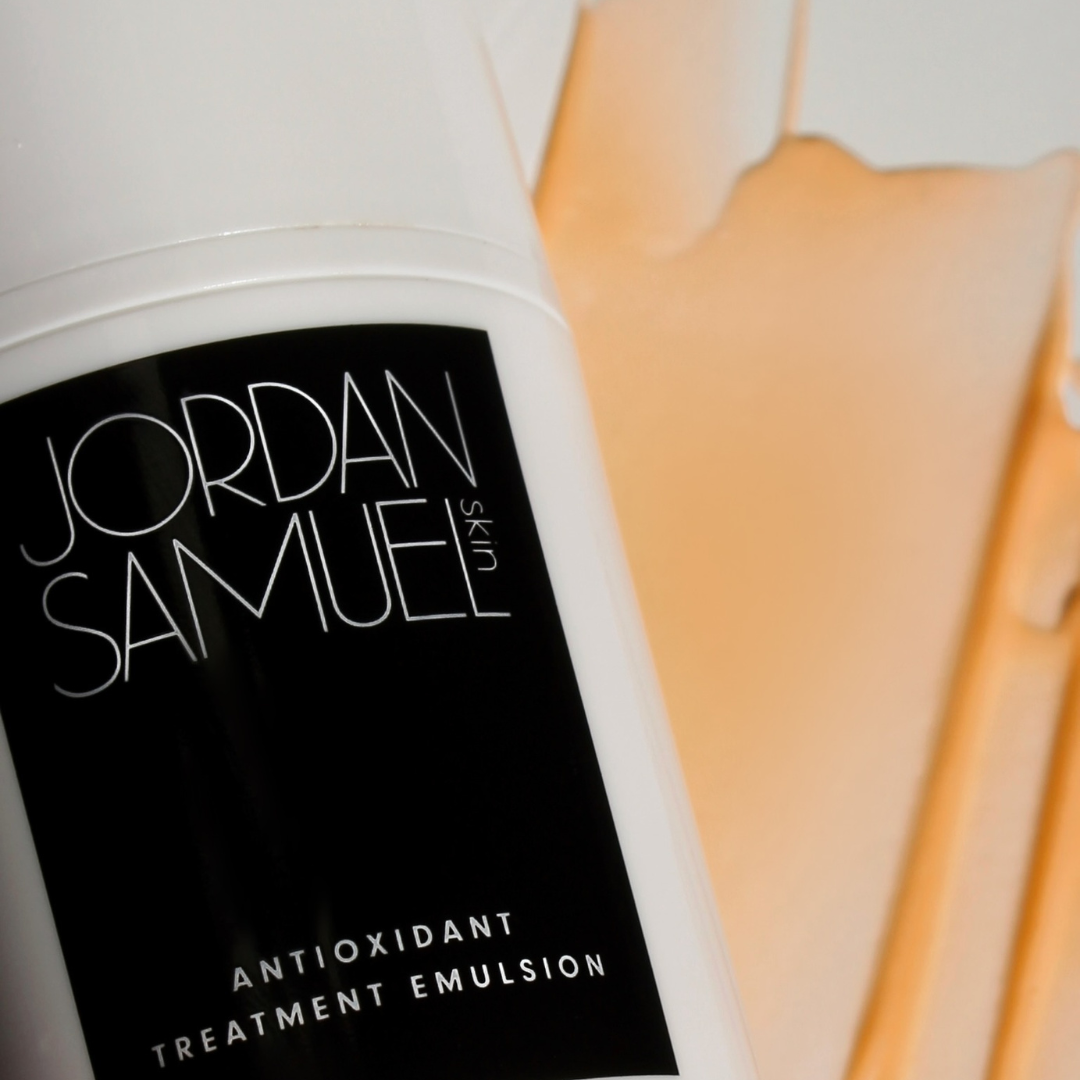If your only experience with cranberries has taken the form of sauce on Thanksgiving, you’ve been missing out. Cranberry seed oil has so much to offer: skin-softening moisture, long-term antioxidant benefits, improved barrier function—the list goes on and on. It remains a pillar of my facial oil formulas and an indispensable part of my skincare routine. Read on to learn what makes cranberry oil such a superlative ingredient!
It’s All About Omegas
Cranberry seed oil provides a heaping dose of omega fatty acids. This alone isn’t all that extraordinary; plenty of other plant oils are chock full of omegas. What makes cranberry oil truly unique is the particular proportion of omegas. It imparts a 1:1:1 ratio of omegas 3, 6, and 9.
Omega 3 works in this trio by fighting inflammation and protecting the skin against oxidative damage. Omega 6 assists in strengthening and replenishing skin’s barrier. Omega 9, though not an essential fatty acid like the other two, still plays an important role in the oil’s texture. It lends an emollient quality that leaves skin feeling smooth and supple.
When combined, they offer a lot in terms of protecting and restoring skin’s overall health. Most importantly, this balanced ratio lends itself to a quick-absorbing oil that sinks in beautifully and never feels heavy on the skin.
Available Antioxidants
Not all antioxidants are created equal in the world of plant-based oils. While a plant may contain lots of antioxidants in its raw state, its oil may not retain those beneficial ingredients. This is because many antioxidants are purely water-soluble—they aren’t expressed in the oily parts of the plant, such as the seeds. Cranberries are not only antioxidant-rich, but they also contain a large quantity of oil-soluble antioxidants.
The oil from cranberry seeds contains tocopherols and tocotrienols—potent forms of vitamin E that soothe skin and fight free radical damage. It also contains polyphenols, which are among the most powerful and efficient forms of antioxidants. Specifically, cranberry seed oil includes phenols from the proanthocyadin and catechin groups. Proanthocyadins have been shown to help reduce damage from UV exposure, while catechins are the group of polyphenols found in green tea. These catechins are particularly adept at countering the environmental stressors that contribute to lines, wrinkles, and loss of skin firmness.
An Oil for All
All of these features combined make cranberry seed oil an appropriate choice for virtually every skin. The lightweight yet restorative ratio of omega fatty acids mean that cranberry seed oil can work for oily and dry skins alike (though oily skins should proceed with caution—cranberry seed oil may be used in an oil blend with other, heavier oils that don’t suit your needs). The antioxidant properties of cranberry oil benefit both young and mature skin. Lastly, the gentle nature and anti-inflammatory attributes of omega-3 and vitamin E mean that even the most sensitive skin types can enjoy this potent ingredient. If you’re wondering if cranberry seed oil is right for you, the answer is probably yes!
XO,
Jordan




